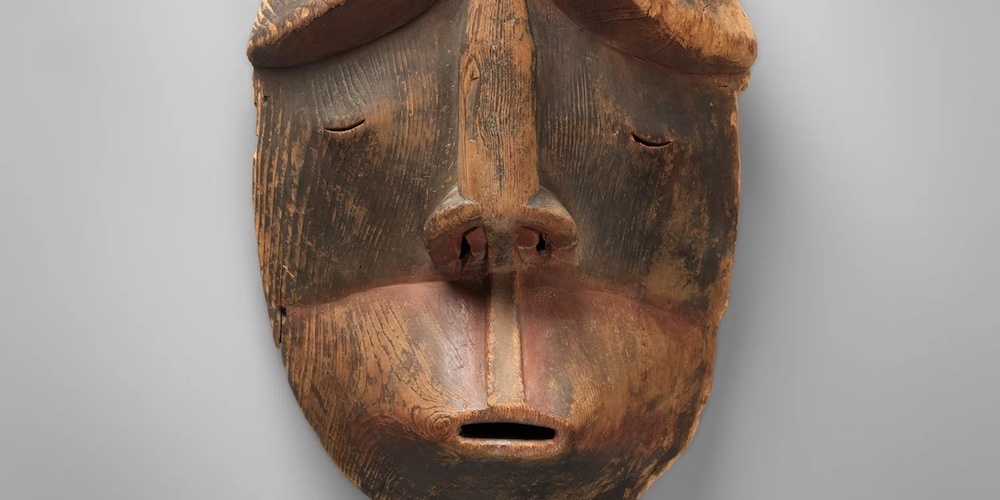
An in-depth investigation into the Metropolitan Museum of Art’s collecting practices related to its collection of Native American art has uncovered lax attention to provenance on the part of the New York institution. Conducted by nonprofit newsroom ProPublica, the study found that a number of artifacts in the museum’s collection were attended by incomplete or insufficient ownership histories and thus might be either stolen or fake. At the heart of the investigation were 139 objects loaned or donated to the museum by collectors Charles and Valerie Diker, owners of one of the world’s most notable troves of Native American art.
ProPublica found that just 15 percent of those works had complete or traceable provenances. A number lacked any ownership history at all, while others had gaps ranging from two centuries to two millenniums in their respective provenances; holders of still other works were limned in such nebulous terms as “English gentleman” or “family in Scotland.” Additionally, researchers discovered that the Met had taken advantage of a loophole in the 1990 Native American Graves Protection and Repatriation Act (NAGPRA), which requires institutions to within six months of receiving a Native American antiquity contact a representative of the appropriate tribe, thus allowing said tribe the opportunity to reclaim its artifact. NAGPRA additionally requires museums to notify the National Park Service that it has done so. According to ProPublica, the Met used the fact that many of the works were on loan to avoid notifying the proper tribal authorities and dragged its feet for years in doing so in regard to the artifacts it actually owned.
“Although some progress has been made in updating the online catalog information and providing more complete provenance information, we recognize there is still much work to do and that this is an ongoing process that requires relationship building, patience, and great care,” said the museum in a statement. “This is important work, and it is precisely one of the intentions of the Dikers to have a large, well-resourced institution such as the Met devote the time and scholarship to these Native items.”
The Dikers issued a statement saying, “Our collecting practice for over 50 years has always centered on proceeding carefully, assessing all available information relating to provenance before acquiring a work, and welcoming new information should it come to light.”
“The way that so many of these things wound up in museums is horrible,” Rosita Worl, president of Sealaska Heritage and a Tlingit citizen, told ProPublica. “The rightful thing is for these things to be returned home.”
ALL IMAGES
This post was originally published on this site be sure to check out more of their content.






